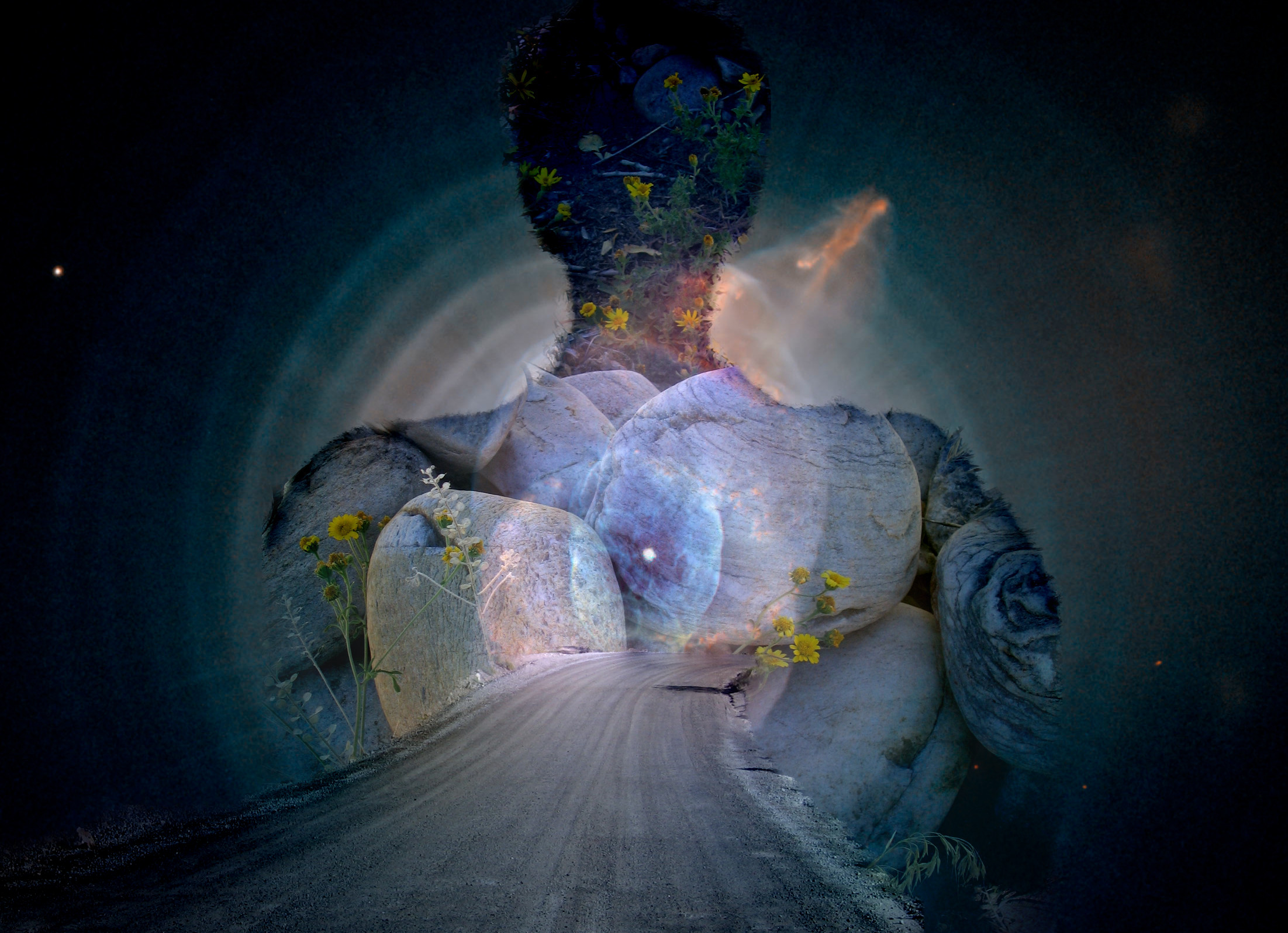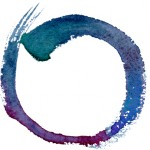 I’m excited to let my “tribe” know about the publishing of a book of poetry by one of the guest bloggers on this site. Gwendolyn Morgan was one of two winners of the 2013 Wild Earth Poetry Prize, and her book Crow Feathers, Red Ochre, Green Tea is being published by Hiraeth Press.
I’m excited to let my “tribe” know about the publishing of a book of poetry by one of the guest bloggers on this site. Gwendolyn Morgan was one of two winners of the 2013 Wild Earth Poetry Prize, and her book Crow Feathers, Red Ochre, Green Tea is being published by Hiraeth Press.
There are so many wonderful poems in the collection that I had a hard time deciding which ones to share with you. “Window, Winter” spoke to me deeply, especially on this anniversary of 9/11 and in light of the current situation in Syria. I’m guessing many of us are feeling the tug of tragedy on our hearts.
“The Way the Soul Crosses” touched me with its mingling of the tangible and temporal with the mysterious and eternal.
I hope you enjoy these poems, and I encourage you to visit the Hiraeth Press website to read more about Crow Feathers, Red Ochre, Green Tea and the glowing reviews it is receiving, of which this is one:
“Reading these poems is like taking a dip in a cool mountain stream. We are refreshed by the poet’s sensitivity to the movements and rhythms of soul. Gwen is able to embrace a wide expanse of life, pulling in the wild surrounds of nature as well as tender moments of loss and sorrow. These poems satisfy a thirst for something real and substantial. A rare gift indeed.” —Francis Weller, author of Entering the Healing Ground: Grief, Ritual and the Soul of the World.
Window, Winter
Each day I wander through the landscape of spirit: this evening painting
dry bamboo, watercolor blocks, four months in my studio, restless,
thoughts lengthening with the shadows.
Body, stalk, limb, weary with winter.
Together with the OBGYNs, I witness three babies die,
one SIDS death with the Midwives, then, a man my age of cancer,
a nine year old child unnecessarily killed when towed
on a wooden sleigh behind a sap green SUV; she was not pulled
by the Fjord ponies who neigh at my window, waiting for grain.
Our neighbor’s twenty-three year old grandson
comes home from Iraq, Afghanistan,
back to Stumptown with a stump (not a leg)
and a wheelchair (not a cobalt skateboard)
Seven colors of paint on my palette.
How many years have we been at war now?
Another neighbor chops down a row of apple and pear trees
I stare at the lovely rounds of wood in disbelief
they were dead,” he says. I shake my head, “no, they needed pruning.”
The kestrel, robins, chickadees, juncos
the hummingbirds, raccoons and dragonflies
all shared the canopy of these trees as their homes.
Compassion fatigue: intuitive grief, instrumental grief,
no. 2 sable brush.
The Way the Soul Crosses
St. Mary’s, Alaska
Look, the moon is pure light.
It swells, translucent.
That’s how it will always be
held in your belly.
We cross the tundra,
kneel on moss and lichen,
pray wild roses, red berries.
Questions rise dense as mosquitoes.
There are so many things we can’t change,
so many things that change anyway.
Transfiguration: the grain becomes
bread, the berries become wine.
The way the soul
crosses over the Yukon River
in a small aluminum dinghy.
The way the seal gut
is painted with red ochre.
The way we remember
one another when faith is
stretched like skin on a drum.
The way we remember
the taste of light, wine, bread.
 Gwendolyn Morgan learned the names of birds and wildflowers and inherited paint brushes and boxes from her grandmothers. With a M.F.A. in Creative Writing from Goddard College, and a M.Div. from San Francisco Theological Seminary, she has been a recipient of writing residencies at Artsmith, Caldera and Soapstone. Her poems appear in: Calyx, Dakotah, Kalliope, Kinesis, Manzanita Quarterly, Mudfish, Tributaries: a Journal of Nature Writing, VoiceCatcher, Written River as well as anthologies and other literary journals. She is a member of the Unitarian Universalist Society of Community Ministries and is a board certified chaplain with the Association of Professional Chaplains. She serves as the manager of interfaith Spiritual Care at Legacy Salmon Creek Medical Center. Gwendolyn and Judy A. Rose, her partner, share their home with Abbey Skye, a rescued Pembroke Welsh Corgi. | Photo by Kim Campbell-Salgado
Gwendolyn Morgan learned the names of birds and wildflowers and inherited paint brushes and boxes from her grandmothers. With a M.F.A. in Creative Writing from Goddard College, and a M.Div. from San Francisco Theological Seminary, she has been a recipient of writing residencies at Artsmith, Caldera and Soapstone. Her poems appear in: Calyx, Dakotah, Kalliope, Kinesis, Manzanita Quarterly, Mudfish, Tributaries: a Journal of Nature Writing, VoiceCatcher, Written River as well as anthologies and other literary journals. She is a member of the Unitarian Universalist Society of Community Ministries and is a board certified chaplain with the Association of Professional Chaplains. She serves as the manager of interfaith Spiritual Care at Legacy Salmon Creek Medical Center. Gwendolyn and Judy A. Rose, her partner, share their home with Abbey Skye, a rescued Pembroke Welsh Corgi. | Photo by Kim Campbell-Salgado







